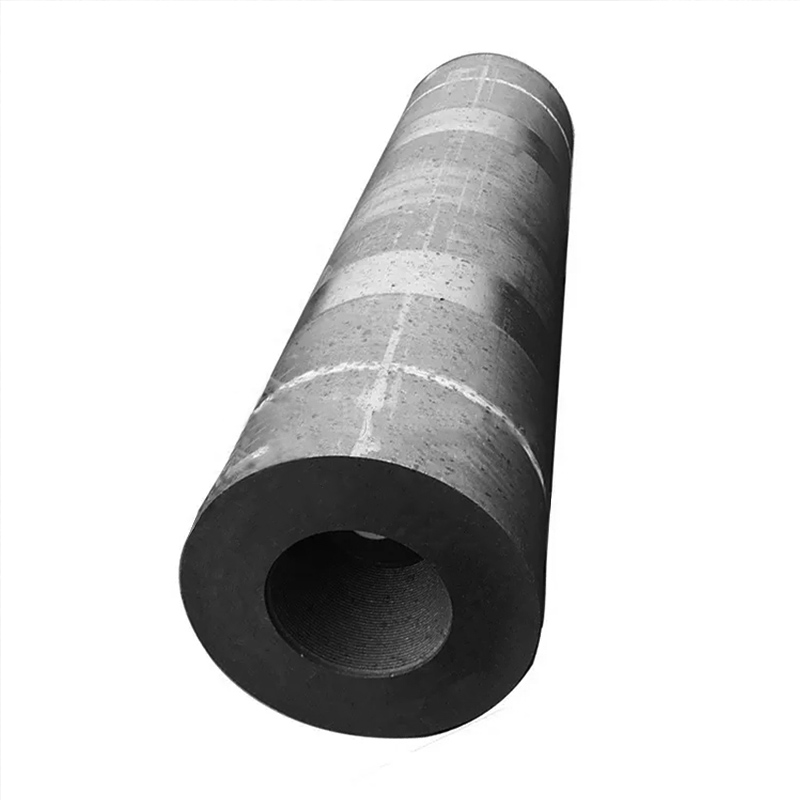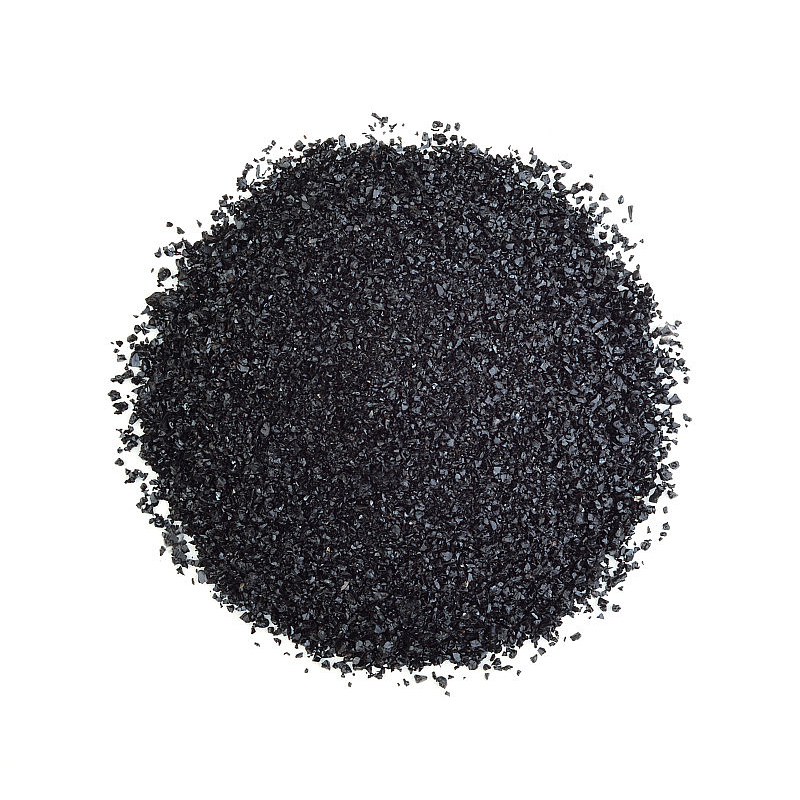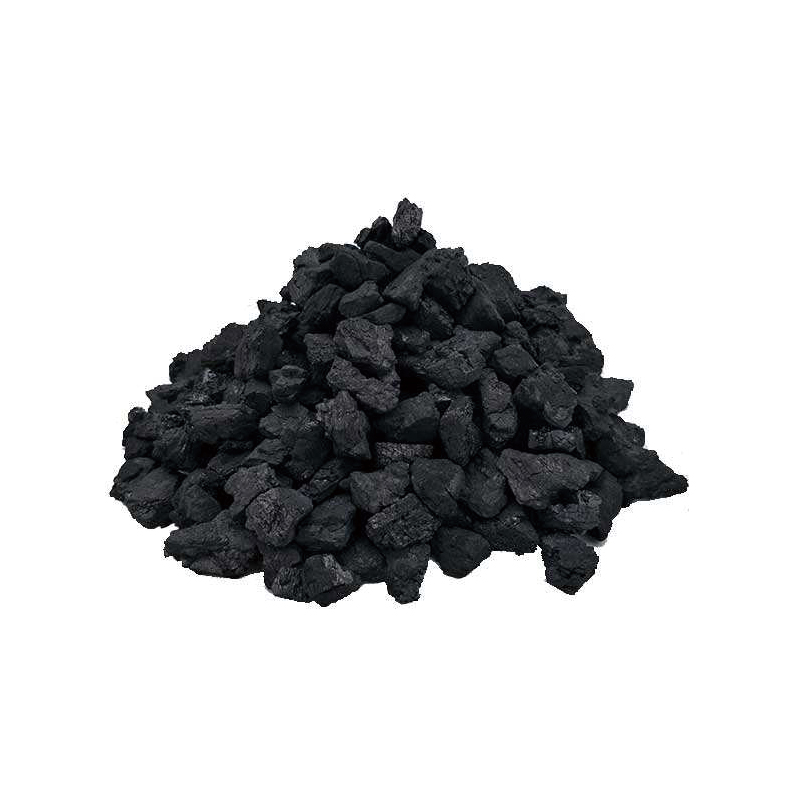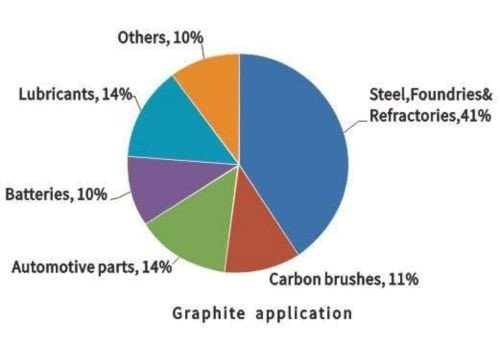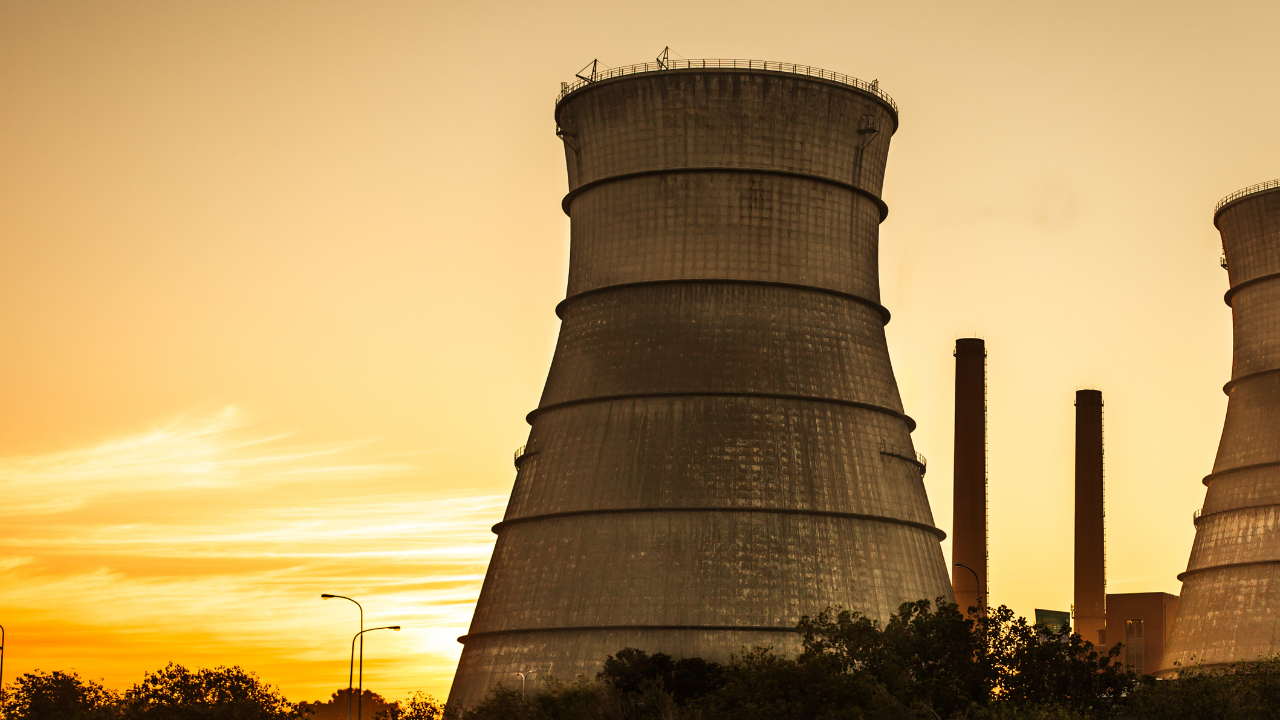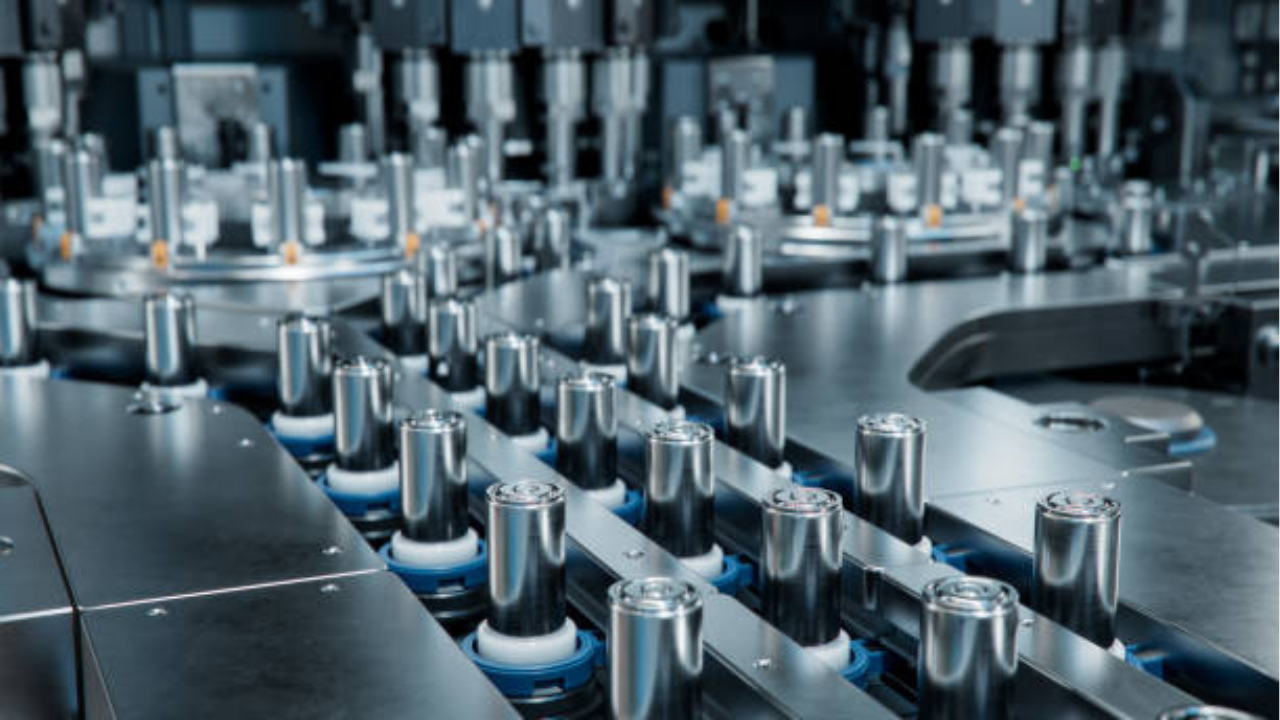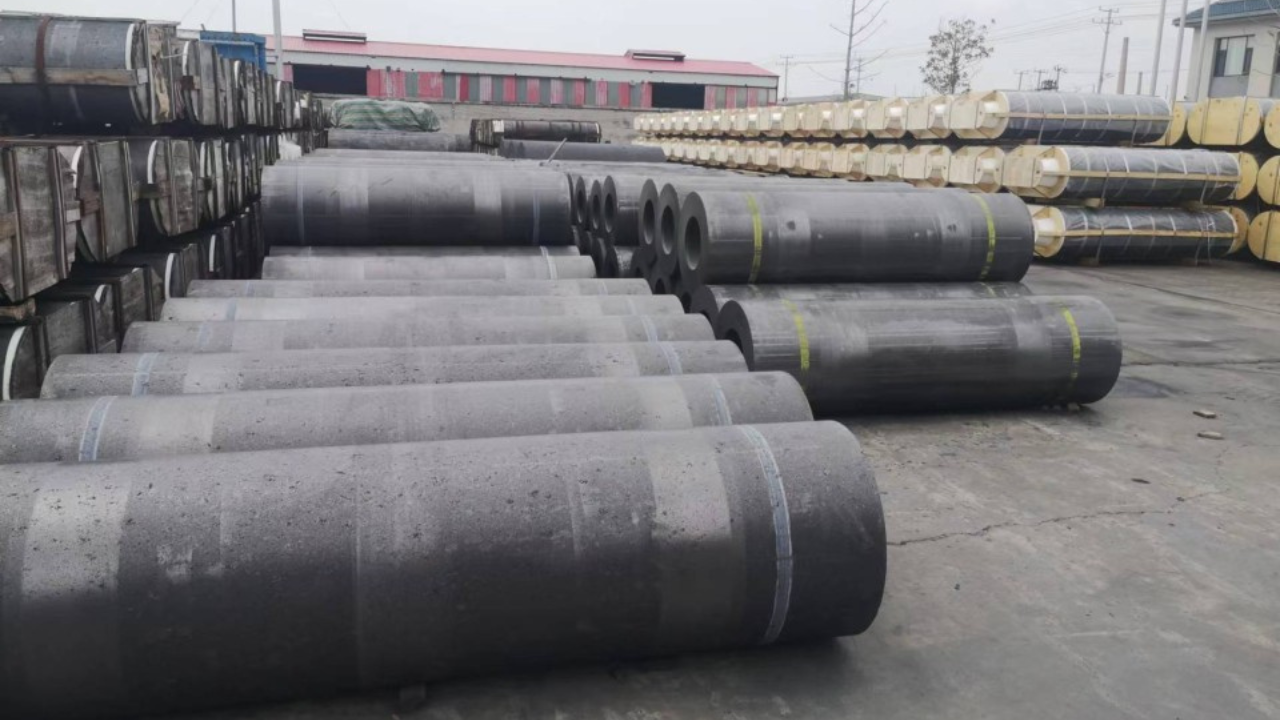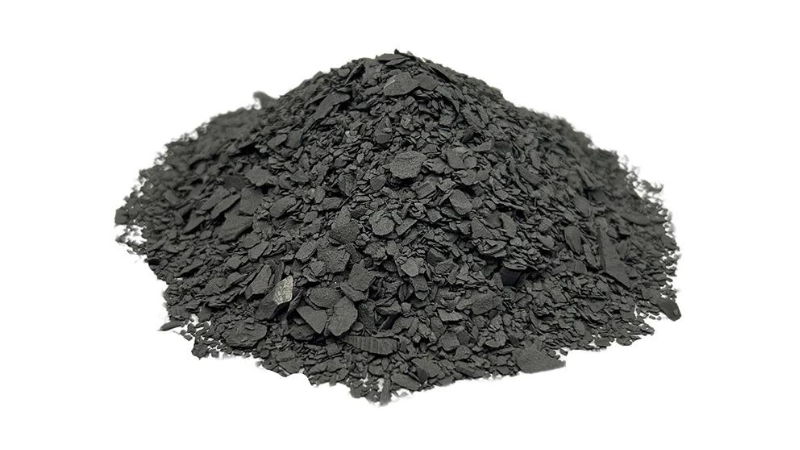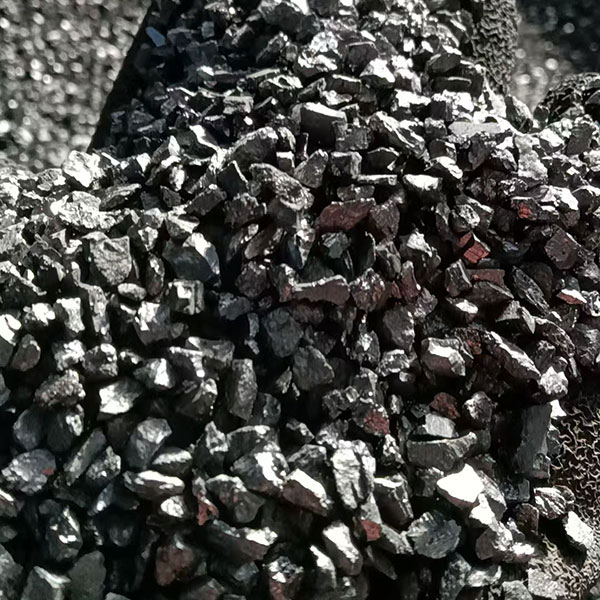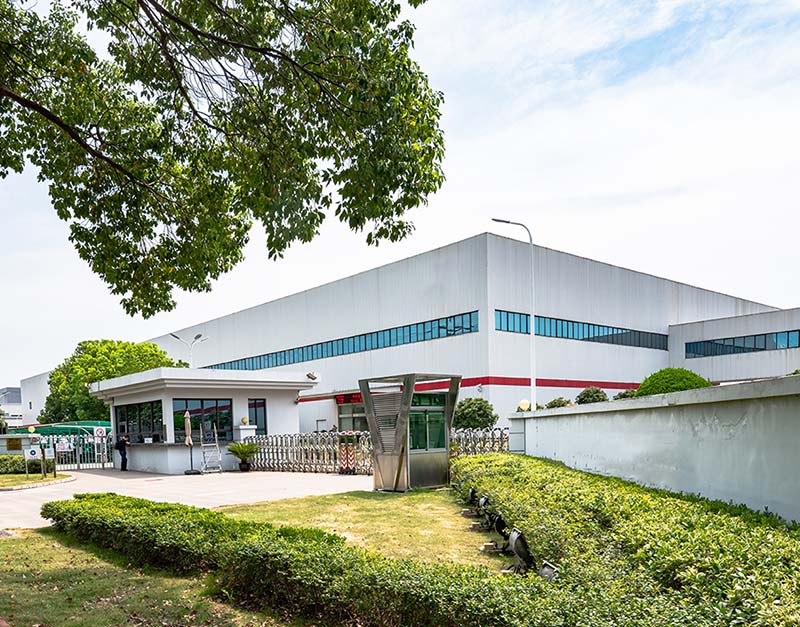Pitch coke is a high-quality coke with a high carbon content, low ash content, and low sulfur content. Its ash content is much lower than that of metallurgical coke, but higher than that of petroleum coke. Its sulfur, volatile matter, and moisture content are also lower than those of metallurgical coke, but its boron content is slightly higher than that of petroleum coke. Pitch coke has a denser structure than petroleum coke, and possesses higher wear resistance and mechanical strength. Pitch coke produced using the delayed coking process can have a fixed carbon content of 99.2% to 99.6%, an ash content of 0.09% to 0.18%, a volatile matter content of 0.26% to 0.55%, a sulfur content of 0.3% to 0.4%, and a true specific gravity of 1.98 to 2.04. Pitch coke is used as a raw material for the production of artificial graphite products and anode paste and prebaked anodes used in the aluminum electrolysis industry. In the production of blast furnace carbon bricks, when the ash content of anthracite and metallurgical coke does not meet the required level, a small amount of pitch coke is added to reduce the total ash content of the product.

Petroleum coke is a byproduct of the oil refining industry, obtained from residual oil through a coking reaction (at approximately 500-700°C). Crude oil undergoes atmospheric or vacuum distillation to produce gasoline, kerosene, diesel, and wax oil, respectively. The remaining residue is the residual oil. Coking generally begins at around 450-500°C, where the residual oil undergoes thermal decomposition, cracking some high-molecular-weight hydrocarbons into lower-molecular-weight hydrocarbons. Complex condensation reactions also occur, polymerizing small molecules into larger ones.
Coking methods include kettle coking, delayed coking, open-hearth coking, contact coking, fluidized bed coking, etc. Before the 1960s, China mainly used kettle coking technology, but now most refineries use delayed coking technology.
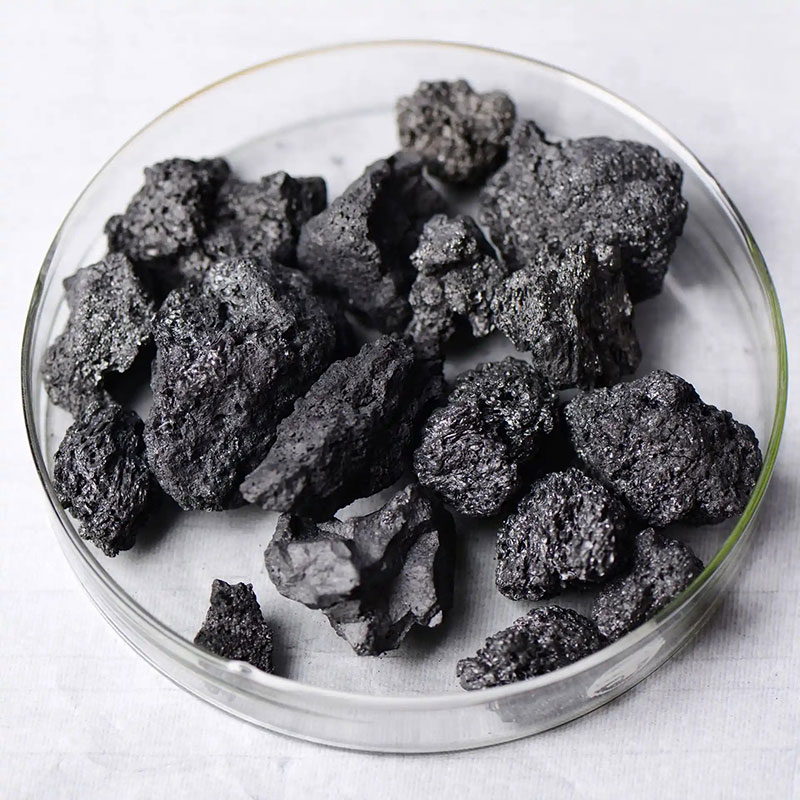
Kettle coking produces more lump coke and greater mechanical strength. Due to the high coking temperature (around 700°C), the volatile matter content is lower (3% to 7%), resulting in higher coke quality. Delayed coking (coking temperature around 500°C) produces more fine coke (about two-thirds of which is less than 6 mm), resulting in lower mechanical strength and a higher volatile matter content, typically 10% to 14%, sometimes as high as 18% to 20%. Table 3 shows the quality standard for delayed petroleum coke in my country (SH 0527-92).

